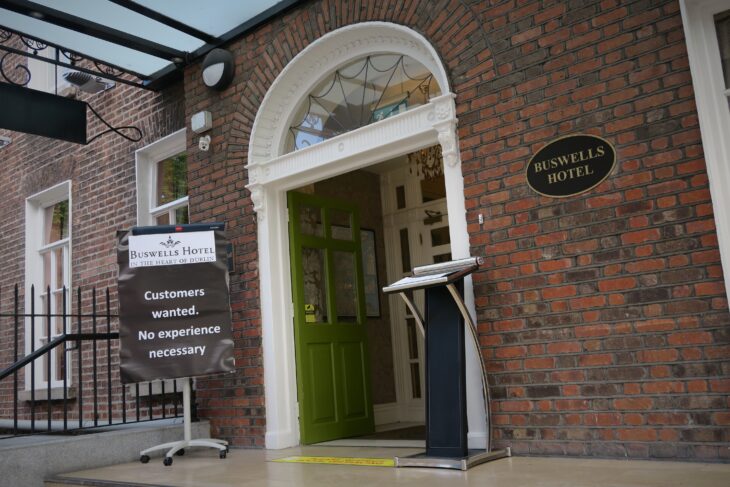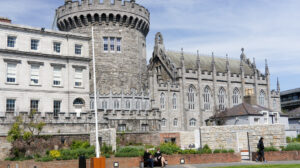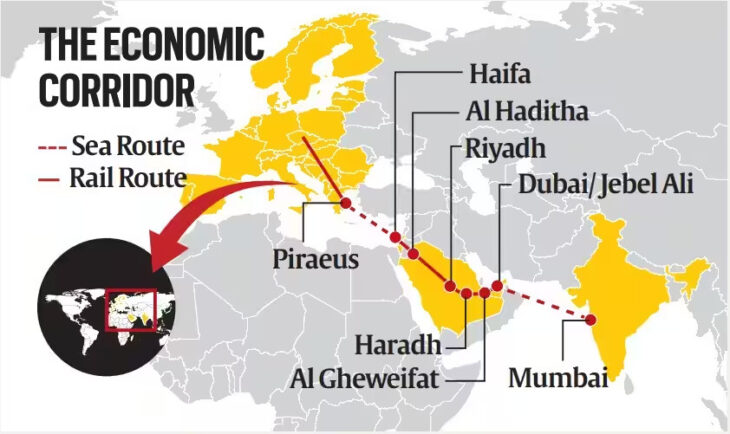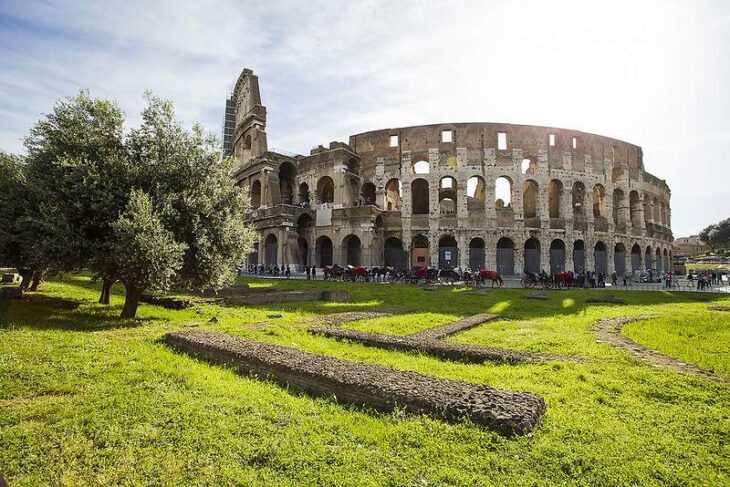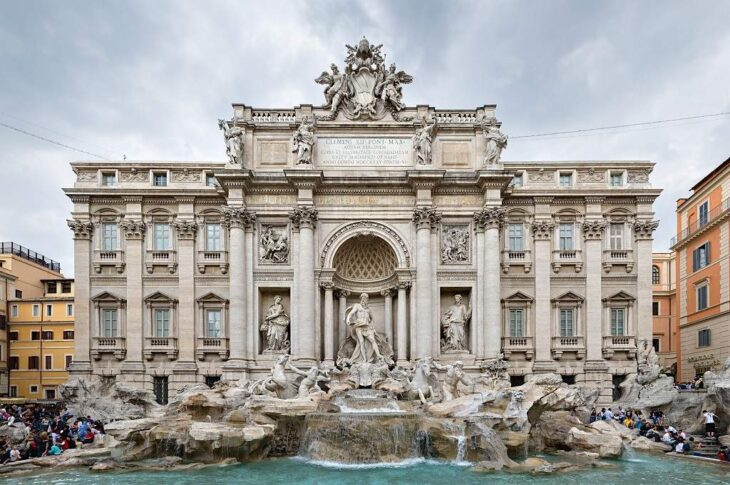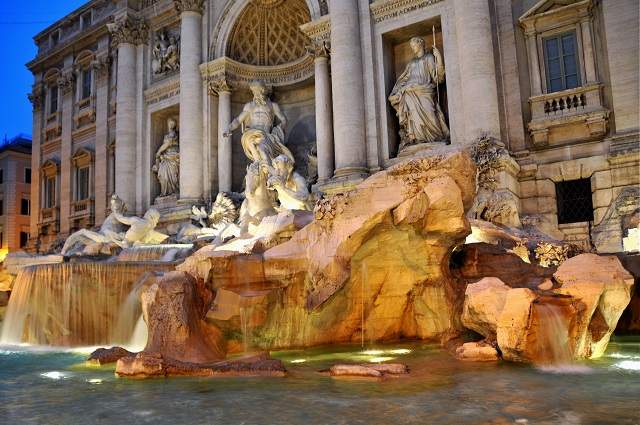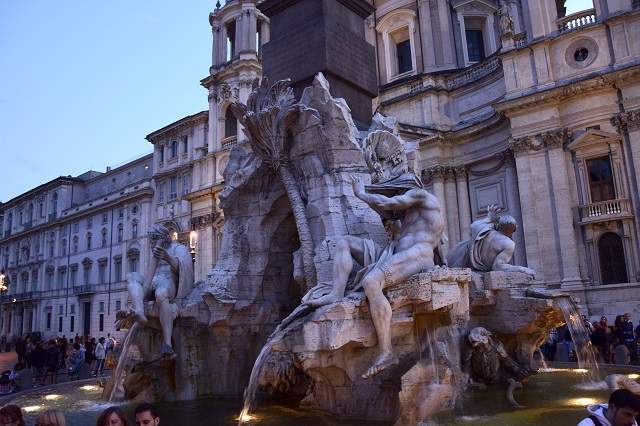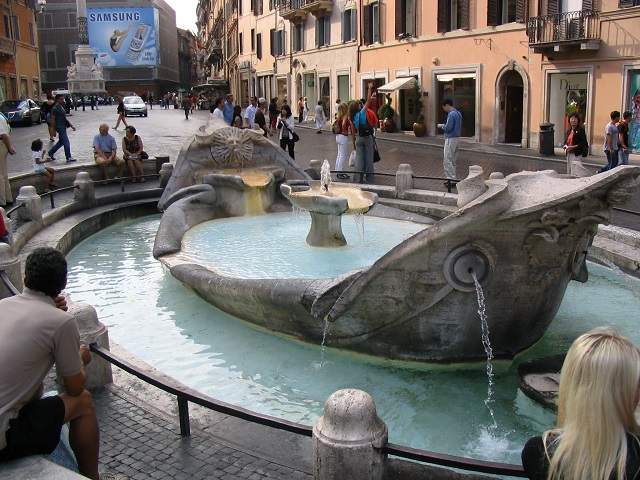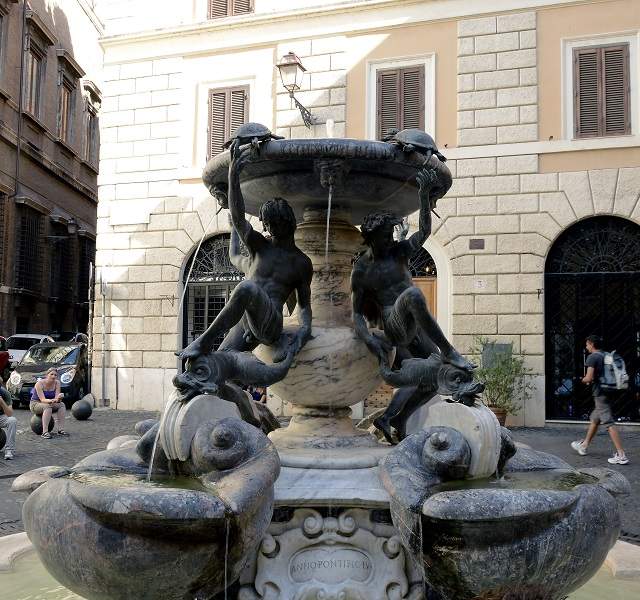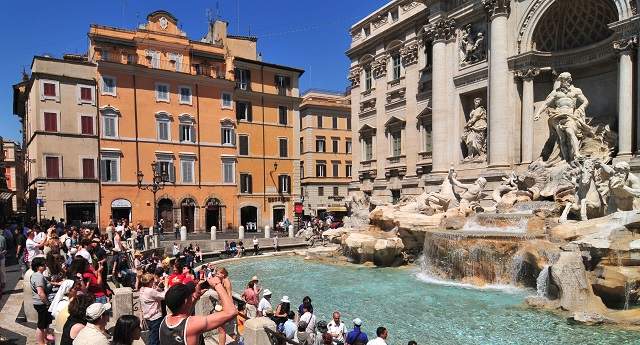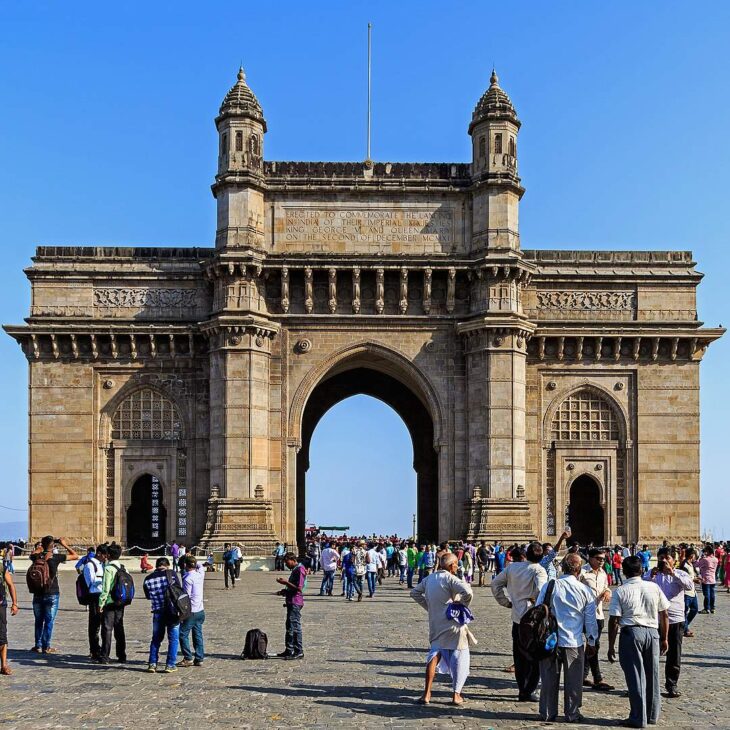Introduction to Buswells Hotel Dublin
Nestled in the heart of Ireland’s vibrant capital, Buswells Hotel Dublin offers more than just a place to stay. It’s an experience, wrapped in the rich tapestry of Dublin’s historical and cultural fabric. This hotel, with its elegant facade and warmly inviting interior, stands as a testament to Irish hospitality.
Location and Ambiance
Located mere steps from the National Museum of Ireland, Trinity College, and the iconic St. Stephen’s Green, Buswells Hotel promises an unparalleled journey into the soul of Dublin. The hotel’s central location is not just convenient; it’s a gateway to exploring the pulsating life of Dublin. From the cobblestone streets of Temple Bar to the tranquil pathways of the city’s famed parks, guests find themselves at the nexus of history and modernity.
Proximity to Dublin’s Treasures
What sets Buswells Hotel apart is not just its architectural charm or its cozy, refined rooms. It’s the hotel’s proximity to the vibrant experiences that Dublin has to offer. Whether you’re in the city for the rich history, the lively pub scene, or the world-class shopping, everything is just a short walk away. The hotel’s central location means you’re never far from your next adventure.
12 Must-Try Experiences Near Buswells Hotel Dublin
When staying at Buswells Hotel in Dublin, you’re not just booking a room; you’re unlocking the door to a treasure trove of experiences. This historic hotel, nestled in the heart of Dublin, serves as the perfect basecamp for exploring the city’s rich tapestry of culture, history, and natural beauty. Here are 12 must-try experiences to make your stay unforgettable.
1. Trinity College Dublin
Just a short walk from Buswells Hotel, Trinity College Dublin stands as a beacon of academic excellence and historical significance. Founded in 1592, it’s Ireland’s oldest university and home to the Book of Kells, an illuminated manuscript created by Celtic monks around 800 AD.
- Historical Significance: The college’s cobblestone squares and centuries-old buildings offer a glimpse into Ireland’s academic past.
- Explore the Campus: Don’t miss the Old Library and the Book of Kells exhibit, where the intricacies of Celtic art and medieval scholarship come alive.
2. Dublin Castle
A symbol of English rule for over 700 years, Dublin Castle’s history is as complex as it is fascinating. Today, it stands not only as a reminder of the past but also as a venue for important state functions and cultural events.
- State Apartments and Viking Exhibition: The lavishly decorated State Apartments and the intriguing Viking Exhibition provide insights into Ireland’s tumultuous history.
- Chester Beatty Library: A hidden gem, this library houses one of the most significant collections of Islamic and Asian artifacts.
3. St. Stephen’s Green
St. Stephen’s Green offers a peaceful respite from the bustling city streets. This 22-acre park, located at the top of Grafton Street, is a favorite among locals and tourists alike for its lush landscapes and serene atmosphere.
- Scenic Walks and Gardens: The park’s well-maintained gardens, picturesque ponds, and winding pathways make it an ideal spot for leisurely walks.
- Monuments and Playgrounds: Explore the park’s many monuments, or if you’re traveling with children, let them enjoy the playgrounds.
4. Grafton Street
Just a stone’s throw away from Buswells Hotel, Grafton Street pulsates with the lifeblood of Dublin’s shopping scene. It’s not just a street; it’s an experience, vibrant with energy and creativity.
- Shopping and Atmosphere: With its blend of high-end retailers and quaint local shops, Grafton Street offers a shopping experience like no other. Whether you’re looking for fashion, gifts, or something uniquely Irish, you’ll find it here.
- Buskers and Street Performers: The street is also famous for its lively array of performers. Musicians, poets, and artists contribute to the dynamic atmosphere, making every stroll an entertainment in itself.
5. National Gallery of Ireland
Nestled in the heart of Dublin, the National Gallery of Ireland is an art enthusiast’s paradise. Housing an impressive collection of Irish and European art, the gallery is a testament to the city’s rich cultural heritage.
- Paintings and Sculptures: From masterpieces by Vermeer and Caravaggio to the works of Irish artists like Jack B. Yeats, the gallery offers a journey through the evolution of art.
- Historical Artifacts: Beyond paintings and sculptures, the gallery also showcases a variety of historical artifacts, providing a glimpse into the artistic past of Ireland and beyond.
6. National Museum of Ireland – Archaeology
A visit to the National Museum of Ireland – Archaeology is like stepping back in time. Located within walking distance of Buswells Hotel, this museum offers a fascinating insight into Ireland’s ancient history.
- Prehistoric to Viking Era: Explore Ireland’s history from the earliest settlers through to the Viking era. The museum’s exhibits paint a vivid picture of life in ancient Ireland.
- Treasures and Artifacts: Among the museum’s treasures are exquisite gold jewelry, ancient mummies, and everyday objects from centuries past. These artifacts offer a tangible connection to the people who once inhabited this land.
7. Kilmainham Gaol
Kilmainham Gaol stands as a stark reminder of Ireland’s struggle for independence. Its cold, echoing chambers and narrow corridors tell stories of bravery, tragedy, and the unbreakable spirit of the Irish people.
- Guided Tours: Engage with Ireland’s past through the engaging and informative guided tours available at Kilmainham Gaol. These tours not only provide insight into the prison’s history but also into the broader context of Ireland’s quest for independence.
- 1916 Easter Rising: The Gaol holds a significant place in Irish history as the site where leaders of the 1916 Easter Rising were executed. Learning about these events in the very place they unfolded adds a profound depth to the historical experience.
8. Guinness Storehouse
No visit to Dublin is complete without a pilgrimage to the Guinness Storehouse, an iconic attraction that celebrates the art of brewing and the legacy of Ireland’s most famous beverage.
- Brewing Experience: Discover the secrets behind the world-renowned stout. The Storehouse offers interactive exhibits detailing the brewing process, from the selection of ingredients to the crafting of the final product.
- Gravity Bar: Cap off your visit with a trip to the Gravity Bar, where you can enjoy a complimentary pint of Guinness. The bar also offers breathtaking panoramic views of Dublin, providing a memorable backdrop to your tasting experience.
9. Phoenix Park
Phoenix Park is a sprawling oasis of green in the heart of Dublin city, offering a tranquil escape from the urban bustle. It’s a space where history, nature, and wildlife converge, offering something for everyone.
- Walking Trails and Gardens: The park’s extensive walking trails and beautifully maintained gardens offer a perfect setting for a leisurely stroll or a vigorous hike.
- Dublin Zoo and Historical Sites: Within its bounds, Phoenix Park also houses the Dublin Zoo, one of the oldest zoos in the world, and several historical sites, including the Wellington Monument and the Papal Cross.
10. Book of Kells Exhibition
Located within the historic grounds of Trinity College Dublin, the Book of Kells Exhibition is a fascinating showcase of one of Ireland’s most precious medieval treasures. The exhibition offers a deep dive into the world of Celtic art and early Christianity.
- Illuminated Manuscript: The Book of Kells is a stunningly detailed illuminated manuscript that dates back to the 9th century. It features the four Gospels of the New Testament and is renowned for its exquisite artwork.
- Exhibition Details: Visitors to the exhibition can learn about the history of the manuscript, the intricacies of its creation, and its significance in Irish culture. The display also includes other ancient texts, shedding light on the monastic life that produced such masterpieces.
11. Temple Bar
Temple Bar is the life and soul of Dublin’s cultural scene, renowned for its cobblestone streets, bustling pubs, and vibrant atmosphere. This area is a must-visit for anyone looking to experience the city’s famed nightlife and musical heritage.
- Lively Pubs and Nightlife: From traditional Irish pubs to trendy bars, Temple Bar offers an array of options for enjoying a night out. Live music is a staple here, providing an authentic backdrop to your Dublin experience.
- Cultural Events: Beyond the pubs, Temple Bar is also a center for cultural events, galleries, and food markets, making it a dynamic hub of activity at any time of day.
12. Christ Church Cathedral
Christ Church Cathedral, with its majestic presence, stands as a testament to Dublin’s medieval past. It is one of the city’s two medieval cathedrals and is a must-visit for those interested in history and architecture.
- Medieval Architecture: The cathedral showcases stunning examples of medieval architecture, inviting visitors to step back in time and explore its historical and architectural significance.
- Crypt and Tower: Among its many features, the cathedral’s crypt is one of the largest in Britain and Ireland, housing fascinating artifacts and exhibits. Visitors can also climb the tower for panoramic views of the city.
Conclusion
Buswells Hotel Dublin, with its elegant charm and prime location, serves as the perfect gateway to explore the rich tapestry of experiences that Dublin has to offer. From the historical depths of Kilmainham Gaol to the vibrant streets of Temple Bar, the cultural and architectural marvels of Trinity College and Christ Church Cathedral, to the natural beauty of St. Stephen’s Green and Phoenix Park, visitors are spoiled for choice. Each experience, steeped in history, culture, and natural beauty, lies within easy walking distance, making Buswells Hotel an ideal base for those eager to discover the best parts of Dublin.
FAQ
What is the walking distance to these experiences?
- Trinity College Dublin: 5-10 minutes
- Dublin Castle: 10-15 minutes
- St. Stephen’s Green: 5 minutes
- Grafton Street: Less than 5 minutes
- National Gallery of Ireland: 5-10 minutes
- National Museum of Ireland – Archaeology: 5-10 minutes
- Kilmainham Gaol: 30-35 minutes or a short bus/tram ride
- Guinness Storehouse: 20-25 minutes or a short bus/tram ride
- Phoenix Park: 20-25 minutes or a short bus/tram ride
- Book of Kells Exhibition: 5-10 minutes
- Temple Bar: Less than 10 minutes
- Christ Church Cathedral: 10-15 minutes
Are there any entrance fees associated with these experiences?
Many of these attractions have entrance fees. For instance, Kilmainham Gaol, the Guinness Storehouse, and the Book of Kells Exhibition require admission tickets. It’s best to check their official websites for the most current pricing.
What are the opening hours of these experiences?
Opening hours vary, and some attractions might have different hours depending on the season. It’s recommended to visit the official websites of these attractions for the most accurate and up-to-date opening hours.
Are any of these experiences suitable for children?
Many of these experiences are family-friendly and suitable for children. Specifically, the Dublin Zoo in Phoenix Park, the interactive exhibits at the Guinness Storehouse, and the vast green spaces of St. Stephen’s Green offer enjoyable experiences for visitors of all ages. Some attractions might have age restrictions for certain exhibits or tours, so it’s advisable to check in advance.

